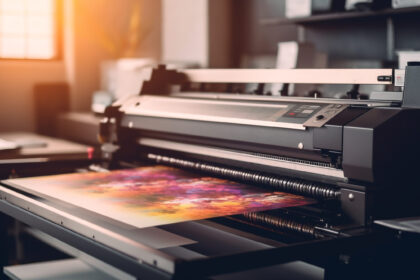
Laminating film is a vital component of print finishing, providing protection and durability to printed materials. However, it can also be a confusing topic for those who are not familiar with the various options and applications available. In this article, we’ll answer some of the most common questions about laminating film in print.
- What is laminating film?
Laminating film is a plastic coating that is applied to printed materials using a laminating machine. The film is typically available in rolls and is made from various materials, including polyester, polypropylene, and nylon.
2. What are the benefits of using laminating film?
Laminating film provides several benefits to printed materials, including protection against moisture, dirt, and damage from handling. It also enhances the appearance of printed materials, providing a glossy or matte finish, depending on the type of film used. Laminating film can also increase the lifespan of printed materials, making them more durable and long-lasting.
3.What types of laminating film are available?
There are several types of laminating film available, including thermal, cold, and pressure-sensitive films. Thermal laminating film is the most common and requires a laminating machine with heated rollers to apply the film. Cold laminating film, on the other hand, can be applied without heat and is ideal for materials that may be sensitive to high temperatures. Pressure-sensitive laminating film is another option and is applied using pressure alone, without the need for heat.
3. What thickness should I choose for laminating film?
Laminating film thickness is measured in mils, with one mil being equal to 0.001 inches. The thickness of laminating film you choose will depend on the type of material you are laminating and the level of protection required. Thicker films provide more protection and durability, but may also be more expensive.
4. Can laminating film be used on any type of paper?
Laminating film can be used on most types of paper, including glossy, matte, and coated papers. However, it is important to note that some papers may be too thin or too thick to be laminated effectively. It is always recommended to test a small sample before laminating an entire document.
In conclusion, laminating film is an essential part of print finishing, providing protection, durability, and enhancing the appearance of printed materials. With a variety of options available, it is important to choose the right type and thickness of film for your specific needs. By understanding the basics of laminating film, you can ensure that your printed materials are well-protected and long-lasting.



You must be logged in to post a comment.